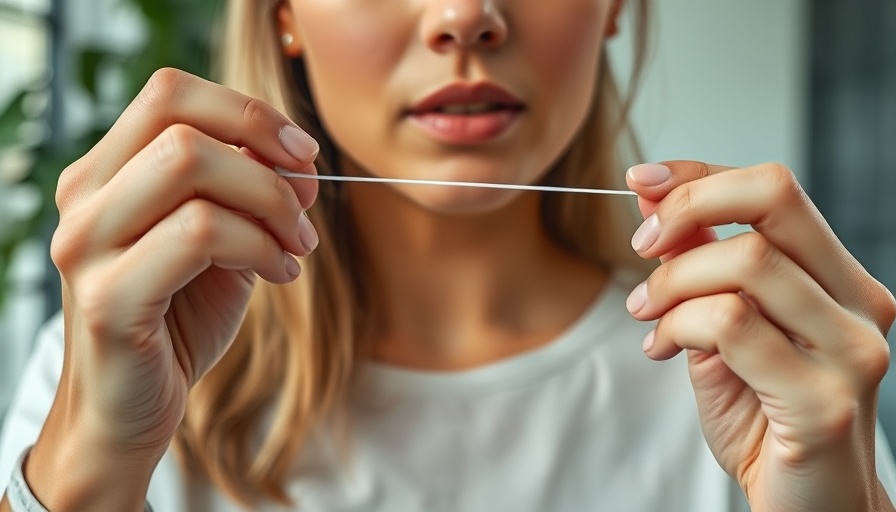
Why Proper Flossing Technique Matters
Many individuals don't realize the critical importance of mastering flossing techniques for optimal dental hygiene. According to Whitney, a registered dental hygienist, learning and practicing correct flossing methods can drastically improve oral health. Many of us, unknowingly, engage in improper techniques that can lead to ineffective cleaning and increased dental issues.
In '99.999% you’re probably flossing wrong,' the video dives into critical insights for dental hygiene, prompting us to analyze the correct techniques for optimal oral health.
Common Flossing Mistakes: How to Avoid Them
The first common mistake is using a sawing motion instead of a cleaning motion. While some individuals may believe that moving the floss back and forth is sufficient, this approach falls short of effectively cleaning between teeth. Once the floss is positioned, it should gently scrape up and down along the sides of the teeth, akin to washing a wall rather than just tapping it. Knowing the effective technique significantly enhances dental hygiene.
The Importance of Gentle Use: Avoiding Gum Damage
Another prevalent mistake people make is popping the floss into their gums, which can cause pain and lead to gum damage. Instead of harsh movement, using a C-shape wrap around each tooth helps to control the floss's movement and reduces the risk of injury. By hugging the tooth, you can properly guide the floss between the gum line and tooth surface without causing discomfort.
Going Below the Gum Line: How Far Should You Go?
A crucial aspect of flossing involves gently maneuvering the floss just below the gum line. This technique not only cleans plaque but also stimulates the gums, promoting their overall health. Whitney emphasizes that the floss should not hurt when it goes slightly below the gum line; instead, it should enhance gum health and clarity.
The Need for Consistency: Floss Daily!
Consistency in flossing is vital. Experts suggest that plaque hardens into tartar within just 12 to 24 hours, making daily flossing essential for preventing cavities and gum disease. Whitney's advice to never skip a day highlights the discipline required to maintain good oral hygiene. If you find it challenging to keep up with flossing, technology can simplify this routine; using reminders or apps can help create consistency, making flossing a seamless part of your daily care.
Empower Your Oral Hygiene Routine: Seek Professional Guidance
If you feel uncertain about your flossing technique, consider asking your dental hygienist for a demonstration during your next appointment. They can provide personalized tips tailored to your specific dental needs. Importantly, they can watch your technique, providing constructive critiques that empower you to achieve better dental health.
Digital Tools to Support Your Dental Care
Incorporating technology into oral care can lend you an edge in maintaining consistency. Whitney mentions the Better Mouth app, which transforms daily dental care into a motivating routine. By using such tools, you can turn the mental load of daily flossing into an engaging self-care act.
Final Thoughts on Flossing
Understanding the importance of proper flossing techniques can be life-changing in terms of dental health. From knowing the right motions to maintaining consistency, every step counts toward healthier teeth and gums. Now, enhance your dental hygiene by implementing these effective practices and make flossing a positive part of your day.
 Add Row
Add Row  Add
Add 




Write A Comment